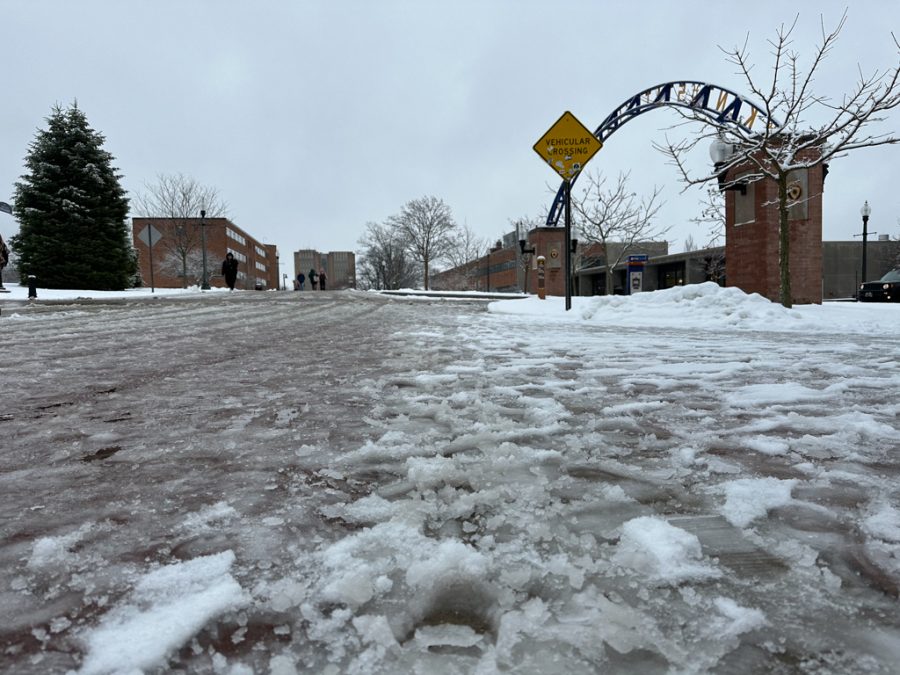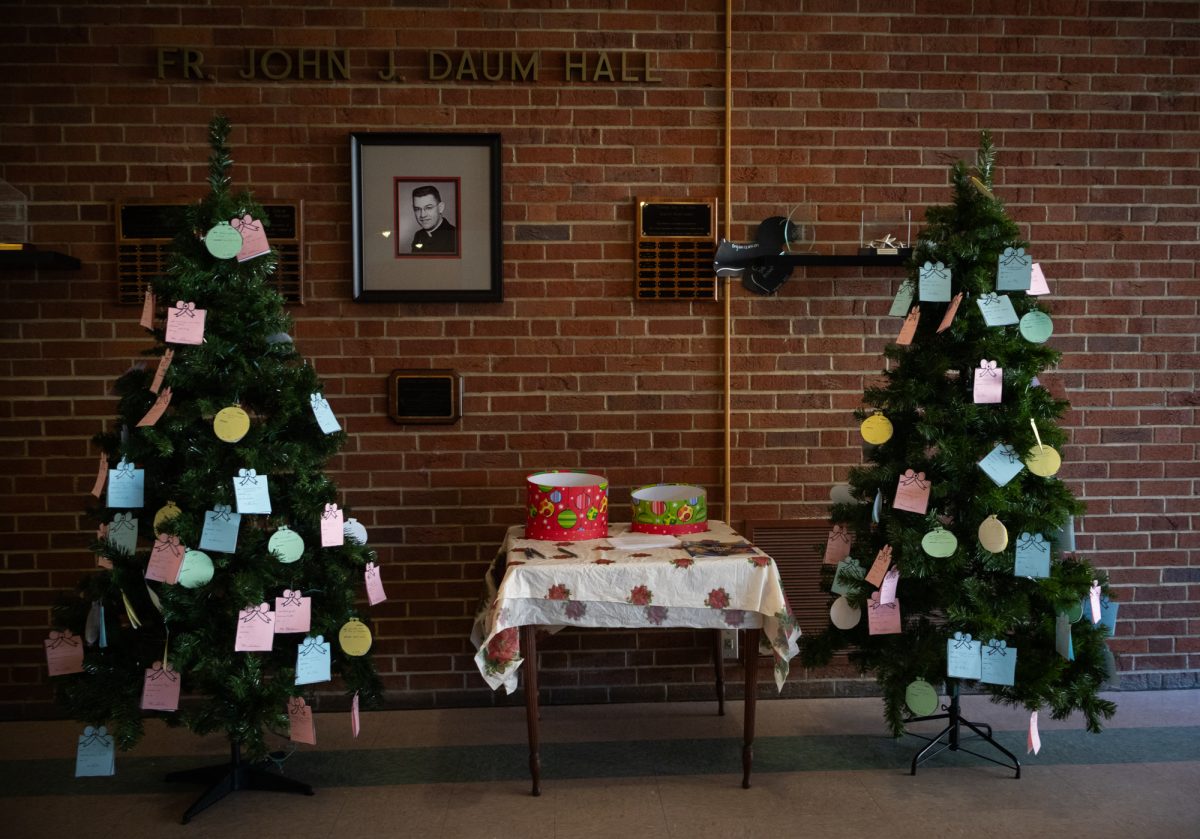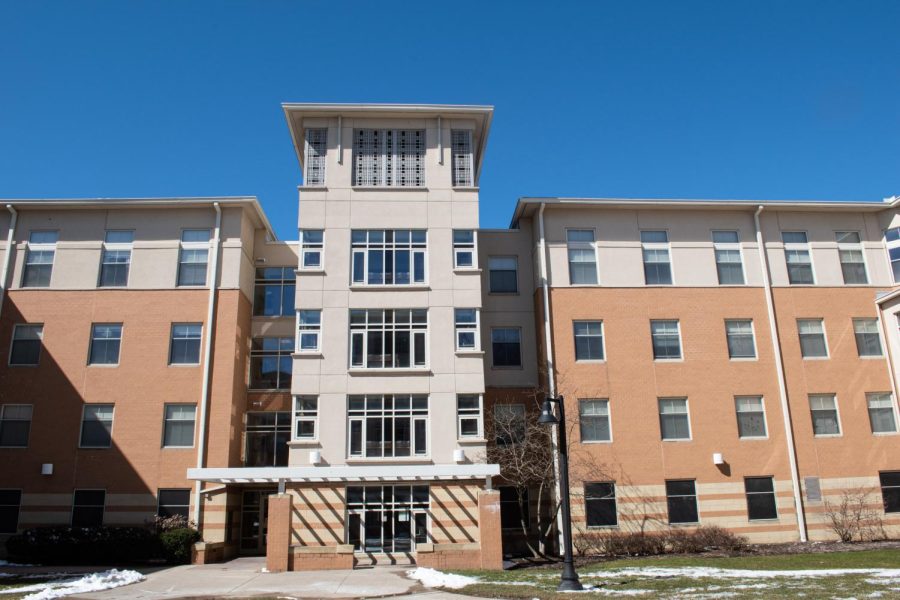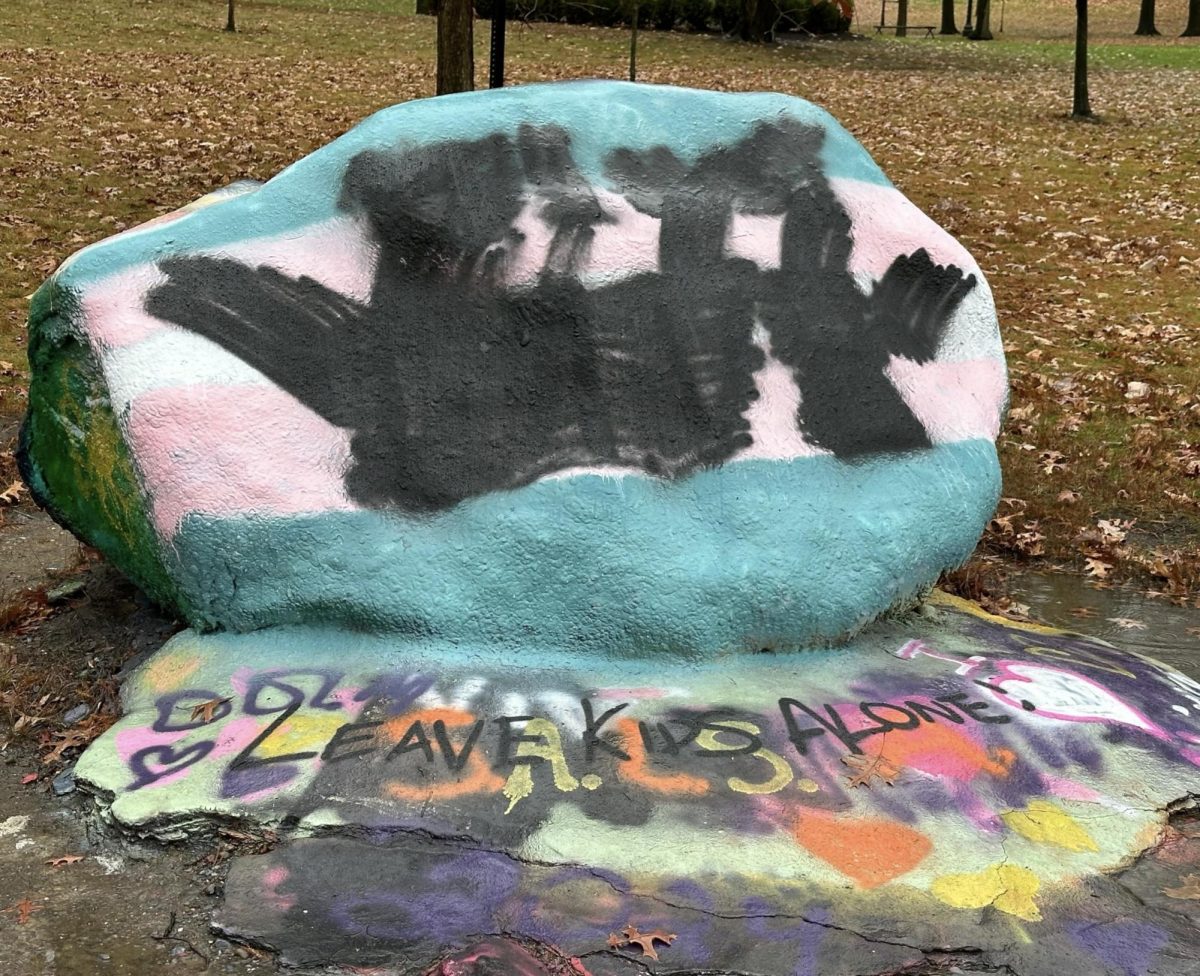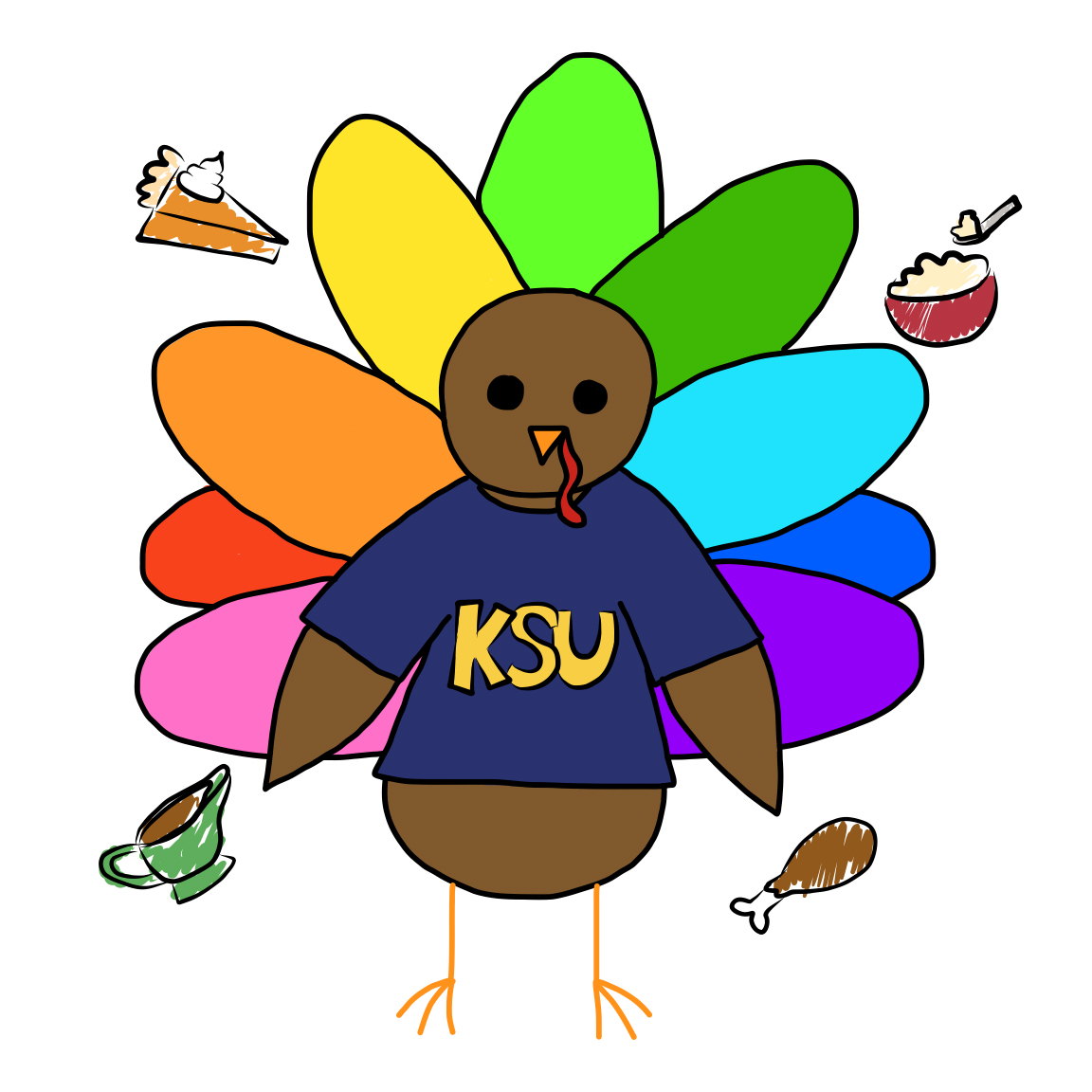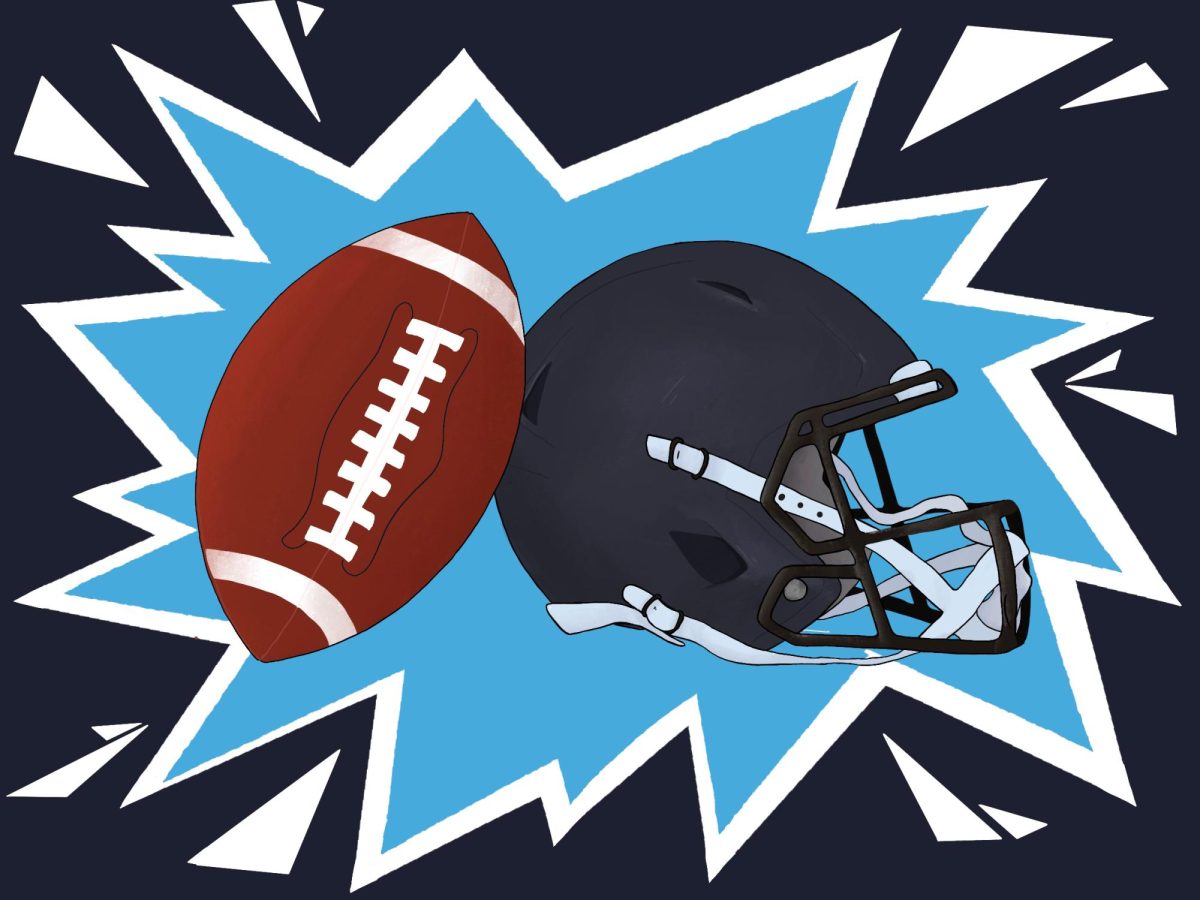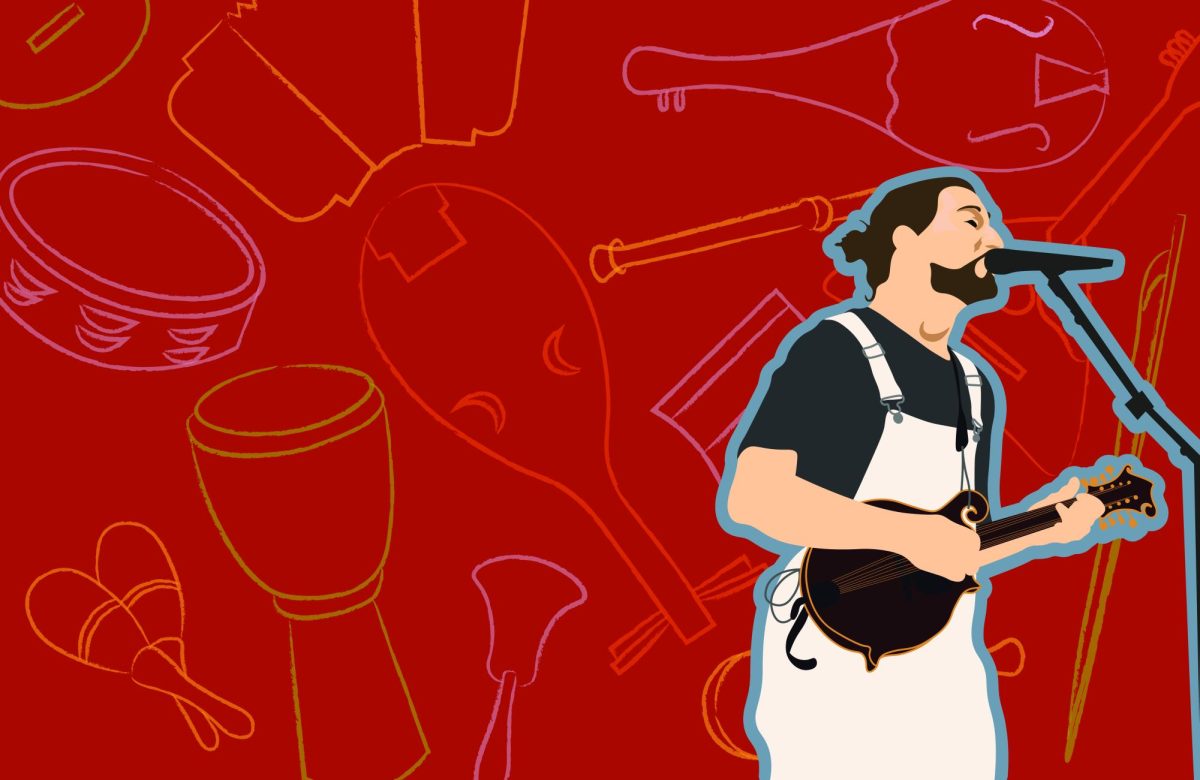With winter break quickly approaching, the beginning of the colder months can cause a serious mental toll for some college students.
According to the National Education Association, more than 60% of college students meet the criteria for at least one mental health problem, and seasonal depression is approaching its peak.
Luke Barker, the clinical manager of Mental Health & Recovery Board of Portage County, said seasonal affective disorder (SAD) is common, and it usually starts to take effect when the weather starts to change.
“Seasonal depression essentially mimics depressive symptoms usually, and based on statistics, it’s usually a bit of a milder version of depression symptoms,” he said.
As reported by the Mayo Clinic, common symptoms of SAD include feeling sad for long periods of time, having trouble sleeping and having less energy. Barker said the disorder is largely underreported and is likely much more common than data exhibits.
“A lot of that goes undiagnosed because people feel like it’s almost normal to drop mood when the weather picks up and the days are shorter,” he said.
SAD can take a significant toll on the lives of college students, he said, because the disorder makes it harder to feel like socializing or doing anything productive.
“Social life is very important,” Barker said, “and when you have symptoms that are affected by something that is completely out of your control, such as the weather or the season or time change, sometimes it’s hard to pinpoint where these things are coming from.”
Natalie St. George, a freshman nursing major, said she sometimes experiences some symptoms of SAD during the colder seasons, which causes her to feel less motivated in her studies.
St. George said exercising even when the weather is bad as well as having a strong support system helps her get through the more difficult times.
“I think just having supportive friends and having support helps to get schoolwork done even during the depression,” she said.
Barker said there is a lot that can be done to alleviate symptoms of SAD, including someone stepping out of their comfort zone or doing the things they enjoy even when it feels much harder to do anything.
“Come up with three to five things that you know you enjoy – hobbies, whatever it may be,” Barker said. ”Even if you don’t feel like doing them, try to do them for even just a little bit, and you will see that it will create a positive impact.”
Students experiencing symptoms of SAD or other mental illnesses can visit Kent State’s online mental health resources website, which includes psychological services, as well as student wellness programs run by the Kent State of Well-Being.
The Portage County Mental Health and Recovery Board, which offers support for those suffering from addiction, depression and mental illness, is located at 155 E. Main St. in Kent.
To help manage SAD symptoms, The Cleveland Clinic suggests taking Vitamin D supplements, using a light therapy lamp and making time to be outside in the sunlight, among other tips.
Barker said the road to recovery will look different for every person, but he thinks having casual conversations about topics surrounding mental health goes a long way.
“Just being able to have conversations about stress and depression and sadness, and all those things that have seemed taboo forever, will help a lot because we’re normalizing that to be able to talk about those things,” Barker said.
Janson McNair is photo assistant. Contact him at [email protected].


